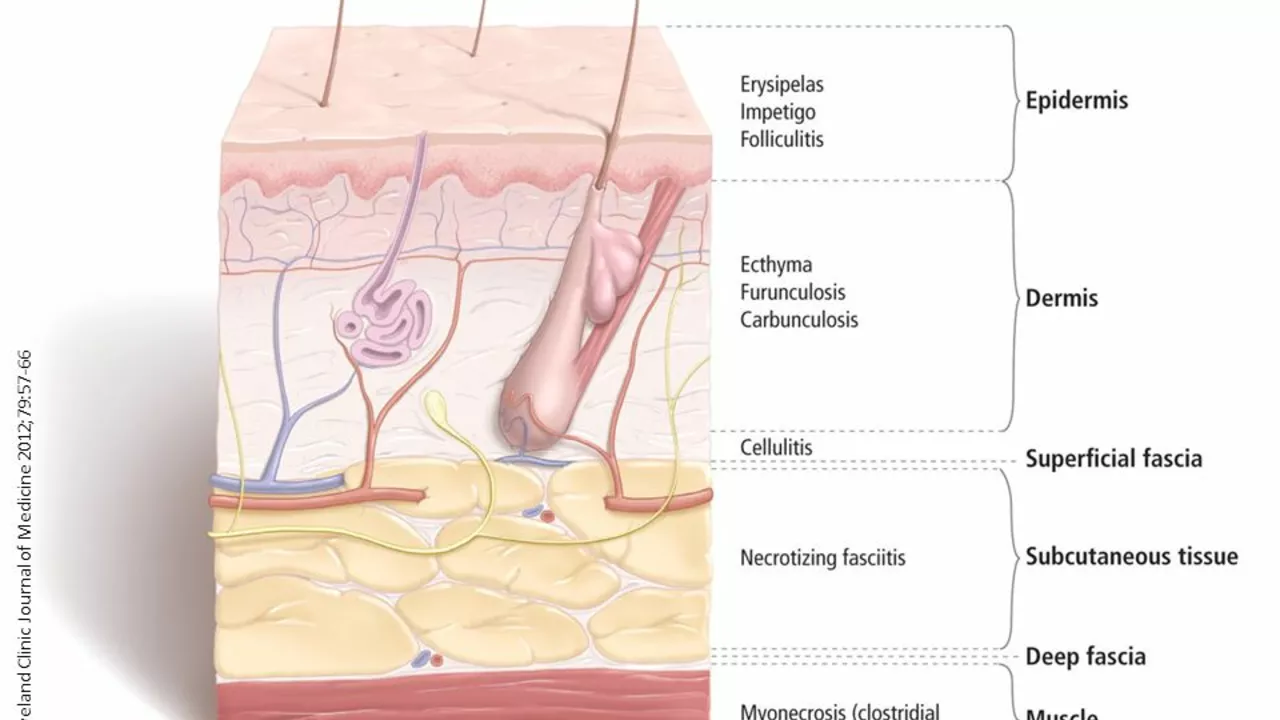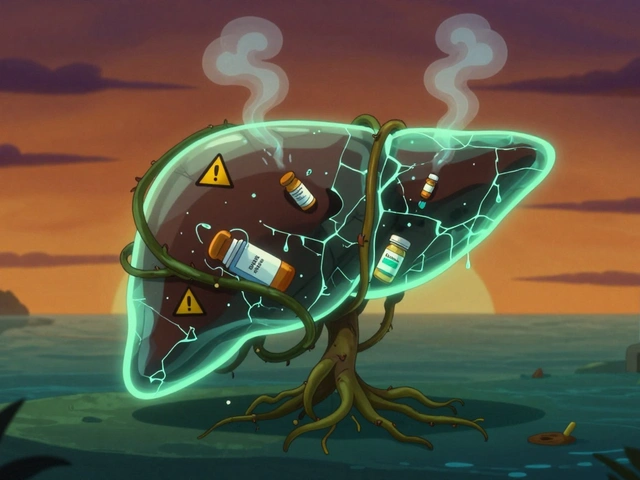Soft tissue infections: what to watch for and what to do
Soft tissue infections—like cellulitis, abscesses, and infected wounds—are common and often fixable if treated early. They usually start after a break in the skin or from bacteria spreading from another site. You’ll notice redness, warmth, swelling, pain, and sometimes fever. Abscesses often feel like a painful, fluctuant lump; cellulitis looks like a spreading red patch.
At home, clean minor cuts and keep them covered. If a wound looks deeper, drains pus, or produces bad-smelling fluid, don’t ignore it. For small, clean bites or scrapes try soap and water, apply a dry dressing, and watch for red streaks or rapid swelling—those are warning signs. If you have diabetes, poor circulation, or a weak immune system, be quicker to get help; infections can worsen fast.
When to seek medical care
Call your doctor or go to urgent care if you have fever, red streaks towards the heart, severe pain, spreading redness, or a hard-to-drain abscess. Eye, hand, or foot infections need prompt attention because they can cause lasting damage. Also seek care if you see no improvement in 48–72 hours after starting home care or antibiotics. In the clinic, providers may take a swab or blood tests, and for deeper infections they might order imaging.
Treatment basics and antibiotic choices
Treatment depends on the cause. Abscesses often need drainage first; antibiotics alone rarely fix a drained collection. For cellulitis without abscess, doctors choose antibiotics that cover common skin bugs: streptococci and staphylococci. If MRSA is possible (community MRSA or previous MRSA infection), options include trimethoprim–sulfamethoxazole, doxycycline, or clindamycin. If you’re allergic to penicillin, your clinician will pick alternatives—sometimes guided by knowledge about Keflex alternatives and cephalosporin cross-reactivity.
Deep or chronic infections, infected bites, and dental-related soft tissue infections may need broader coverage, including drugs that target anaerobes. For oral or dental-origin infections there are good alternatives to Flagyl, such as clindamycin or amoxicillin–clavulanate, chosen based on allergy status and local resistance patterns.
Follow the full antibiotic course if prescribed. Stopping early can cause relapse or resistance. Watch for side effects like diarrhea, rash, or worsening symptoms, and report them right away.
Most simple cellulitis is treated 5–10 days; deeper or diabetic foot infections may need 10–14 days or IV antibiotics. Your doctor will pick length based on response; if redness shrinks and pain eases in 48–72 hours, that’s a good sign. If not, cultures or a change in antibiotics may be needed.
Never try to lance an abscess yourself. Warm compresses can help smaller boils come to a head, but a draining procedure by a clinician is safer and faster. Avoid over-the-counter ointments as a long-term fix; they can hide worsening signs. If you get new fever or spreading streaks after home care, see a clinician.
Prevention matters: keep skin clean, treat athlete’s foot, trim nails, wear shoes in public showers, and update tetanus shots for deep puncture wounds. For people with diabetes, check feet daily and get early care for any blister or sore. Good simple habits cut infection risk.
If an infection spreads rapidly, causes severe pain, or you’re faint, confused, or short of breath, get emergency care—some soft tissue infections need IV antibiotics and hospital monitoring. Early, correct steps save time and reduce the chance of complications, so when in doubt, ask a clinician.
The Effectiveness of Fosfomycin in Treating Skin and Soft Tissue Infections
After researching, I've discovered that Fosfomycin is a highly effective antibiotic in treating skin and soft tissue infections. It's particularly potent against bacteria resistant to other antibiotics, which makes it a valuable option for tough infections. The drug works by interfering with the bacteria's ability to produce essential proteins, thus stopping their growth. Side effects are minimal, with gastrointestinal discomfort being the most common. All in all, Fosfomycin seems to be an excellent choice for tackling stubborn skin and tissue infections.






